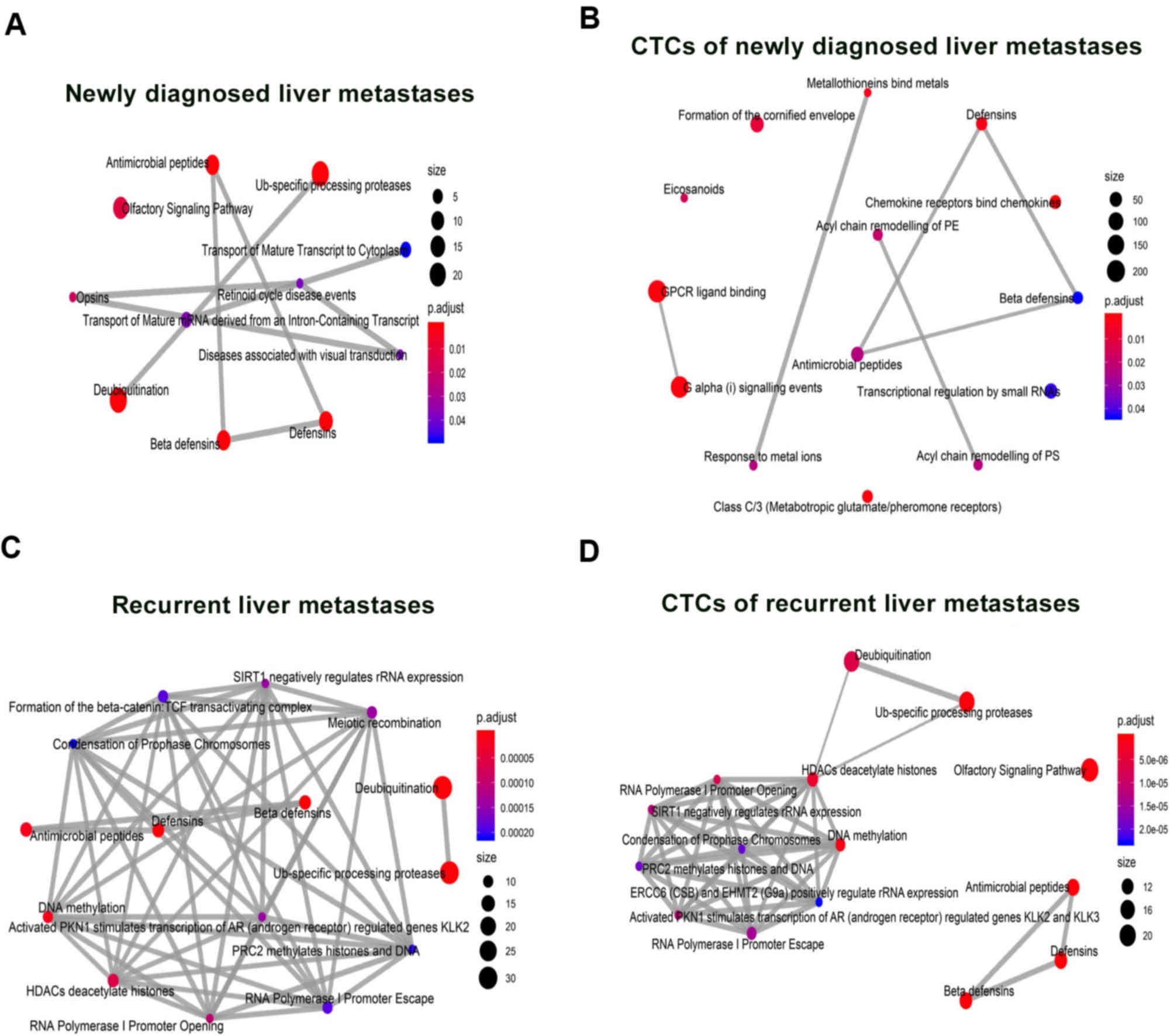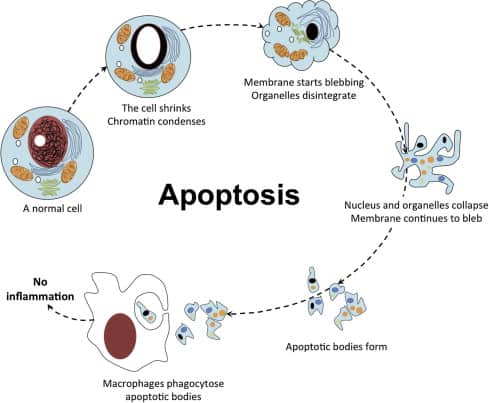

The physiologic challenges and studies examining the putative effectiveness of nutritional therapies are discussed herein.īiochemical Considerations of Collagen Synthesisīiochemically, collagen is approximately one-third glycine ( Figure 1), such that every third amino acid is a glycine molecule, according to the formula GLY-X-Y. In the following, we review the biochemical mechanisms of collagen synthesis and the potential pathways that could be exploited to potentially augment wound healing.

Improving these factors would not only have important clinical benefits and lead to lower health care costs but also improve quality of life. The ability to augment wound healing with nutrient supplementation could hypothetically lead to improved wound strength and potentially lower rates of short- and long-term wound complications (e.g., infection or hernia formation). As a result, the administration of various amino acids has been studied extensively. However, the question of whether the administration of certain nutrients can specifically enhance collagen synthesis or lead to improved outcomes continues to be unanswered. Nutritional status, which is a major determinant for wound outcome, can be measured by any number of factors, including successfully completed healing and lack of infection or other complications ( 4). In fact, this observation has been commonly stated as “wound nutrition is in fact whole-body nutrition” ( 3). Wound healing and nutrient intake are intimately associated this relation has been appreciated for decades. Therefore, sufficient energy and protein substrate availability is essential in ensuring successful wound fibroplasia. Metabolically, the process requires ATP and amino acid precursors, as well as various trace minerals, vitamins, and oxygen as cofactors. The remodeling and synthesis of collagen is the final, longest, and most critical step in the process of wound healing ( 2). With the exception of superficial injuries affecting only the epidermis, most wounds heal through the formation of scar tissue, which is predominately composed of collagen. The synthesis, breakdown, and resynthesis of collagen represents a critical factor in the re-establishment of tissue integrity. The phases of wound healing include coagulation, inflammation, proliferation, and maturation, and each phase involves a complex but well-orchestrated cascade of biochemical and immunologic events ( 1). Additionally, a review of studies examining various methods of amino acid supplementation and the associated effects on wound outcomes are discussed. In this critical review, the physiology of enteral amino acid metabolism and supplementation and challenges therein are discussed in the context of splanchnic physiology and biochemistry.

From a practical standpoint, although enteral nutrient supplementation may seem like a reasonable strategy to augment healing, a number of biochemical and physiologic barriers exist that limit this strategy. The availability of nutrients, especially amino acids, is critical for wound healing, and enteral supplementation has been intensely studied as a potential mechanism to augment wound healing-either by increasing tensile strength, decreasing healing time, or both. Along with this cascade of cellular players, wound healing also requires coordinated flux through a number of biochemical pathways, leading to synthesis of collagen and recycling or removal of damaged tissues. Wound healing is a complex process marked by highly coordinated immune fluxes into an area of tissue injury these are required for re-establishment of normal tissue integrity.


 0 kommentar(er)
0 kommentar(er)
